
|
|
|
|
|
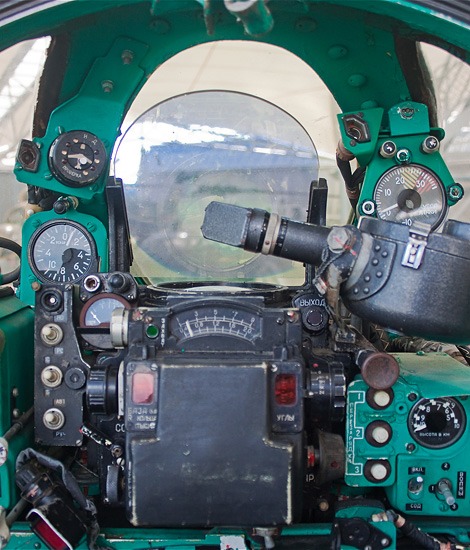
|
Vzdušné Sily Armády; Slovenskej Republiky, June 7 – 11, 2010
Part 1: A Journey Through a Turbulent Past; Text and Photograph's by Alex van Noye
On Monday, June 7, 2010, my journey through Slovakia began. This country of the former Warsaw Pact has a turbulent past.
The highlight of the Slovakian past is the fall of the Berlin Wall in 1989 and the split of the Czechoslovakian Republic
in 1993. Today only a fraction is left of the Air Force compared with that age.
The Slovakian Air Force is a part of the armed forces of the Slovakian Republic (Vzdušné Sily Armády Slovenskej Republiky).
It consists of three important air bases, namely: the helicopter base Prešov, the fighter base Sliač and the transport base
Malacky-Kuchyña. The main task of the Slovakian Air force is the protection of the Slovakian Republic. Almost all aircraft
in the inventory of the Slovakian Air force is built by Russian manufacturers. The arsenal of the Slovakian Air Force consists
of twelve Russian MiG-29 Fulcrum fighters, ten L-39 Albatross trainers/light attack aircraft, eight L-410 transport aircraft,
two An-26 Curl transport aircraft, ten Mil Mi-17 Hip transport helicopters, nine Mil Mi-24 Hind attack helicopters, and
finally four Mil Mi-2 Hoplite-training helicopters.
Czechoslovakia was occupied by Nazi Germany in 1939. The Slovakian Air Force consisted primarily of fighter aircraft of this
country and participated in the invasion of Poland on the German side. This fleet of fighter aircraft protected the country
against the threat from Hungary. The Germans helped them with this protection. The Czechoslovakian Air Force was in charge
of the defense of the Czechoslovakian airspace during the Second World War. The Czechoslovakian Air Force gave close air
support to ground troops from Czechoslovakia and Germany on the Eastern Front during the invasion of Russia. The old biplanes
of the Czechoslovakian Air Force were replaced for this task by modern Messerschmitt Bf-109 fighters. The Air Force was sent
back to Czechoslovakia by the Germans because the Germans said there were too much deserting soldiers in the army. The
Czechoslovakian army revolted against Germany at the end of 1944. Czechoslovakia was occupied by the Russians at the end
of the Second World War. Czechoslovakia was a member of the Eastern bloc at this moment, and thus related to the Soviet
Union. The country became a member of the Warsaw Pact in 1955. The Czechoslovakian Air Force used Soviet aircraft
|
|
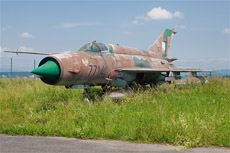
|
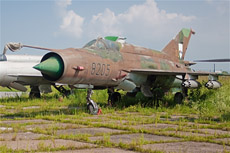
|
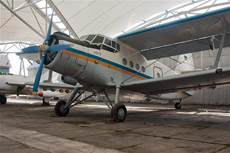
|
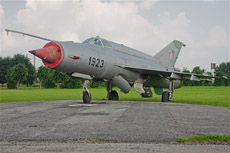
|
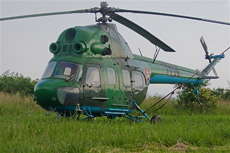
|
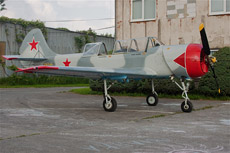
|
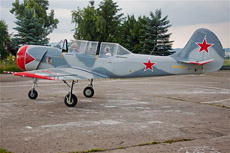
|
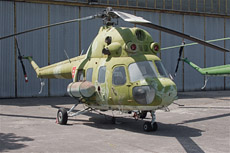
|
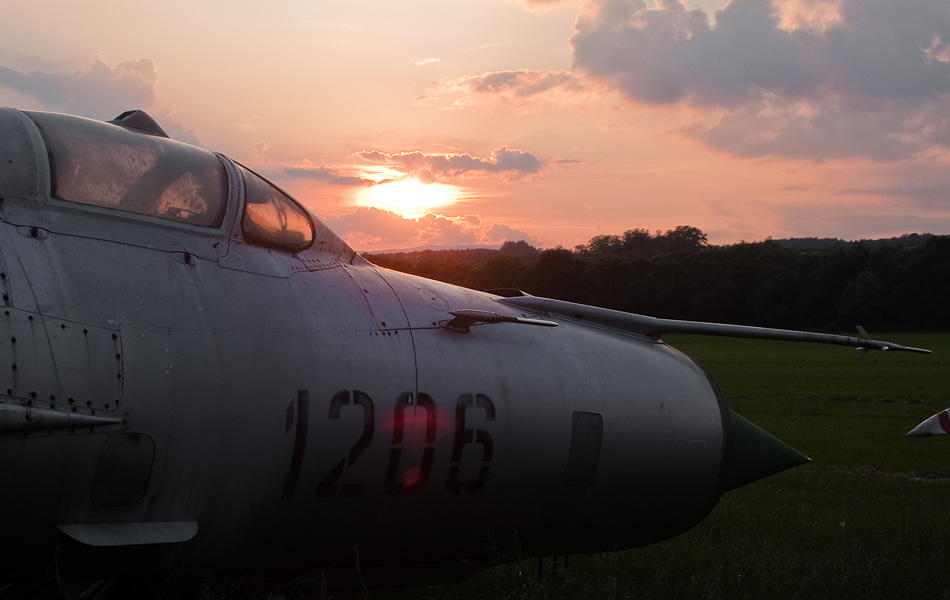
|
as the backbone of the air force and in parallel they used their tactics and disciplines. The planes which were
used were mostly MiG’s. The Czechoslovakian Air Force used in the beginning of the Warsaw Pact the MiG-15 Fagot,
MiG-19 Farmer and MiG-21 Fishbed. The MiG-23 Flogger was introduced in 1970 and later on in the eighties the MiG-29
Fulcrum entered service.
In November 1989 the communist government fell on the directives of Czechoslovakia. The two governments of the two
new countries were formed on January 1, 1993. From now on the country was separated into the Czech Republic and the
Slovakian Republic. The aircraft of the former Czechoslovakian Republic were split over the two countries in a ratio
of 2:1 in favour of the Czech Republic. The exceptions to this rule were the MiG-23, which were only given to the
Czech air force and the MiG-29's which were split even over the two nations. The airfields of the Slovakian Air Force
were in a very bad condition because most of the equipment went to the Czech Republic. In 1995, the Soviet organization
of the Air Force was replaced by the western wing and squadron principle. In the upcoming years, the infrastructure
of the airfields was significantly improved and many older types such as the Su-22 Fitter and the MiG-21 Fishbed were
phased out. The demonstration team Biele Albatrosy and national training airbase of Košice were disbanded in 2004.
Košice air base was no longer a military base and the Slovakian Air force was reduced to three main airfields.
During my trip to Slovakia, I would come across many traces of the turbulent past of the country. All over the country
you can find preserved planes and helicopters and wrecks. Besides this, there are a number of museums where the history
of this country is displayed in an extensive collection. There is a big museum in Košice with some very nice aircrafts
in its collection. Next to the aircrafts from the past of Slovakia are also a few other aircraft from around the world.
For example the museum owns: a Su-7 from Ukraine, a J5 from China, a Saab Viggen from Sweden and an F-5 from Greece.
I found a dump site in the middle of the museum where a number of Mig-21’s and Su-22's were displayed. There are many
MiG-21’s in Slovakia; you can find on almost every airfield a MiG-21. This is not surprising, because the Slovakian
Air Force had a lot of these aircraft in service.
The highlight of my trip was the visit to the state museum of Piešťany. Actually, it is not really a museum. It is
more a repository of the government where at least one of each type of aircraft or helicopter is kept. Also many types
of tanks and other land vehicles are stored besides all the planes and helicopters. It was an interesting tour I got
there. I came to Piešťany for this exhibition. There were two long rows of MiG-21's on the grass fields. I estimate
there were over thirty MiG’s. The Slovakian Air Force had many variants of this type in service. There was at least
one MiG of every variant in the museum. There were also a number of helicopters on display on the fields, including
the Mil Mi-24 Hind. Our guide in the museum asked me if I would like to see the inside of the helicopter; I climbed
in the cockpit of this huge helicopter. I noticed that the pilots of this machine had a great view from the cockpit.
I went to a line of aircraft which includes a Su-7 and two Mi-2's after I climbed out of the cockpit of the Mi-24.
Those aircraft were all in a very good condition. Between all aircraft I also saw a number of mobile SAM systems.
These were all Soviet-made. They were used very often in Vietnam against American aircraft. Finally, we visited a
hangar where a number of planes and helicopters were inside. The first thing I saw in this hangar was a Su-25 Frogfoot
with its entire arsenal of weapons in front of the aircraft. Also a MiG-23 Flogger was displayed next to the Su-25.
It is clear that this country had a busy past with a big diversity of aircraft in service.
|
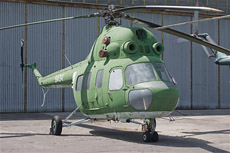
|
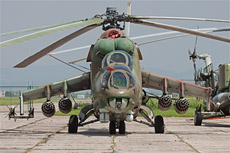
|
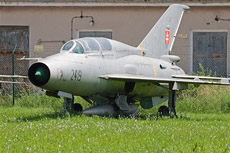
|
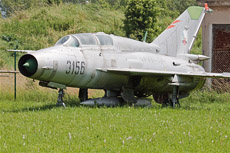
|
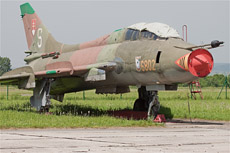
|
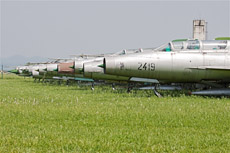
|
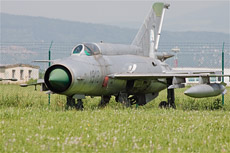
|
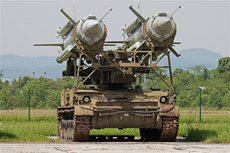
|
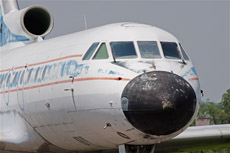
|
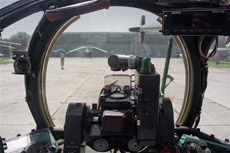
|
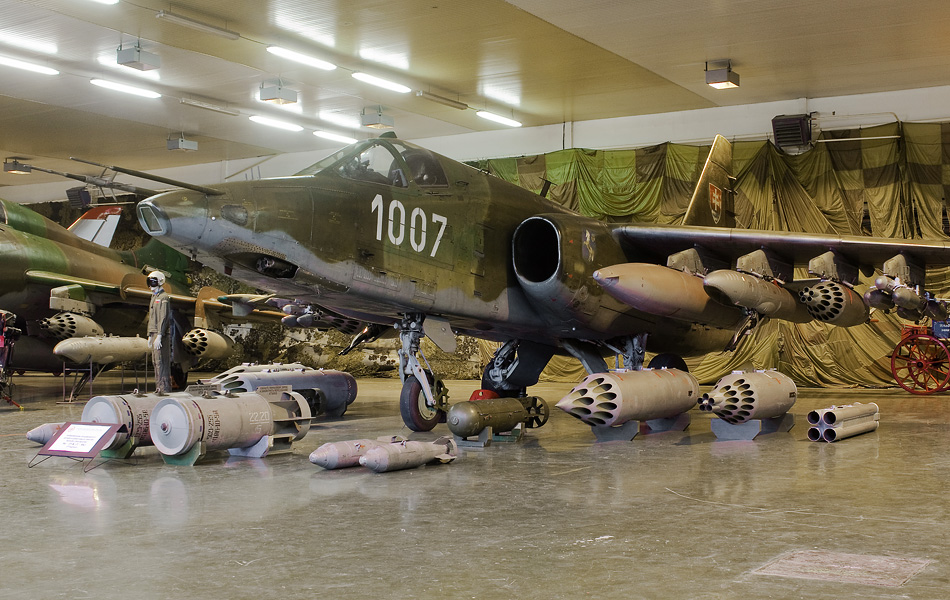
|
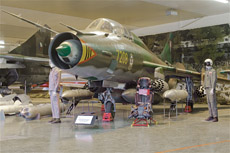
|
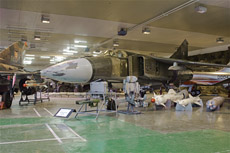
|
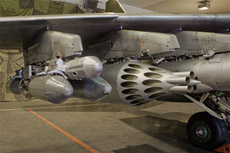
|
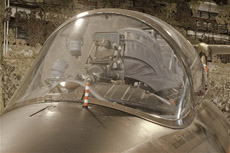
|
|
|

|







